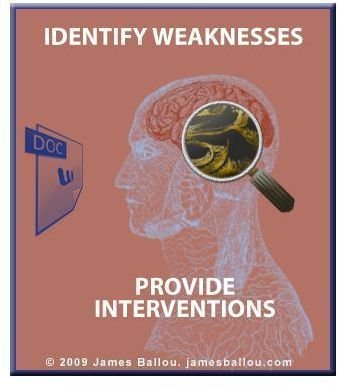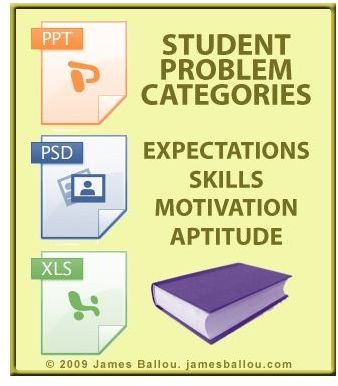How to Identify the Causes Behind Struggling Students' Online Grades
Writing POV Supplanted by Jockey Uniforms
I move my mouse over the document and double click it. I take a sip of a soda and rub my right eye while the computer hard drive spins and opens the online student’s assignment. I sigh. No cover page. I mumble something like “It’s week 6 of the course and I still can’t get him to add a cover page.” As I scan down the document I notice that something is amiss. Swallowing hard I blink slowly and fix my gaze on the assignment hoping that I didn’t see what I know I saw.
The syllabus instructions read “Create a chart that includes a comparative analysis of first and third person writing.” The top of the columns on the student’s assignment read “Jockey Uniforms” and “Basketball Player Uniforms” and the chart provides a neatly organized and detailed comparison of how the two uniforms differ. As my eyebrows furrow together almost on their own I wonder aloud, “How in the world did he create that assignment based on the instructions in the online syllabus?”
Follow the F’s of Struggling Students
Identifying which online students are struggling is easy for the most part. I just follow the row of F’s. But like most of my colleagues I don’t want the row to get long - I want to identify the way in which my students are struggling so I can help. Online instructors can make a world of difference in the lives and educational careers of our students if we analyze what the clues are telling us. We can then provide meaningful interventions that help struggling students overcome their weaknesses.
Categorizing the Problem
In order to correctly identify the root cause of poor performance, online instructors must be aware of not only what struggling students are writing but must also be conscious of what they aren’t writing. This zen-like approach does not rely solely on consistently poor performance but examines the characteristics and nature of that poor performance.
Students perform poorly for a number of reasons such as:
- Failure to read the text
- Failure to read the syllabus
- Family problems
- Ignoring instructions
- Skipped assignments
- Inability to grasp the material
- Lack of participation
- Technical problems
- Resource limitations
- Time limitations
These reasons can be broken out into some simple categories:
- Expectations: Formatting, content, word count, software, etc.
- Skills: Technical ability, pre-requisite knowledge, fundamental skills, etc.
- Motivations: Personal issues, inner drive, world view, etc.
- Aptitude: The innate ability to perform, IQ, comprehension, etc. Of these categories, online instructors can address virtually everything except aptitude. Fortunately, I believe it is a fair assumption that online college students have the basic intelligence required to succeed (despite evidence to the contrary). Thus, student problems are invariably related to expectations, skills or motivation. Identifying which of these is at the core of the student’s troubles is essential if we are to provide an intervention that effectively addresses the problem and prevents it from recurring.
Using the Categories

One of my online technical writing students was earning poor marks on his first several assignments. His papers focused on political analysis and opinions regarding the current condition in the United States rather than focusing on concepts being addressed in the text and in class discussions. I explained to him that I used the writing assignments in class to assess how well my students understand the concepts being taught. He explained that in his previous two classes that he had been required to communicate his political views despite the fact that like my class they had nothing to do with politics.
This online student had incorrectly assumed that my expectations were the same as those of his previous instructors. I worked with him to correct his assumptions and to get him back on track. The interventions that I used are directly tied to the category in which he was struggling. In the next article I provide an explanation of category specific interventions that can be used by instructors. Equipped with the ability to assess weakness and the intervention skills required to help the student overcome his problems, the instructor has two more effective tools that can be employed to improve the results of online education.
